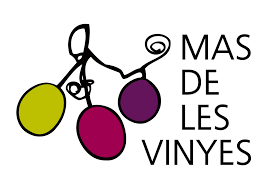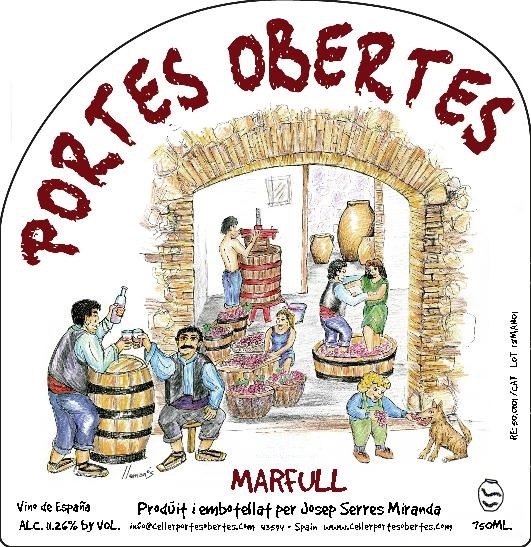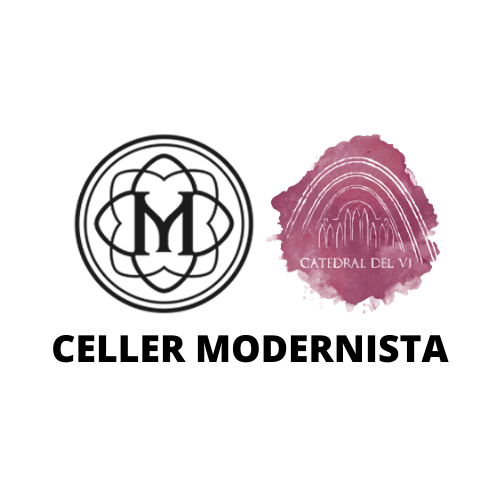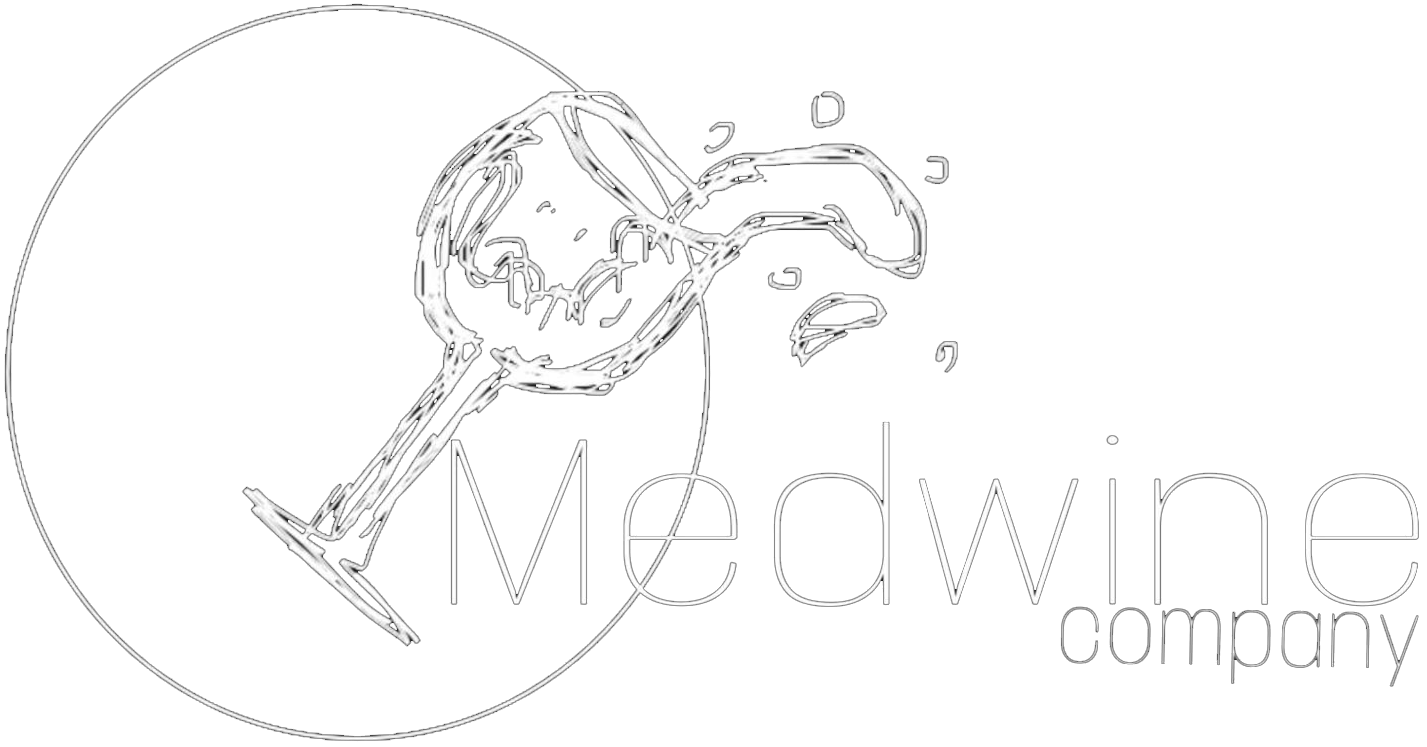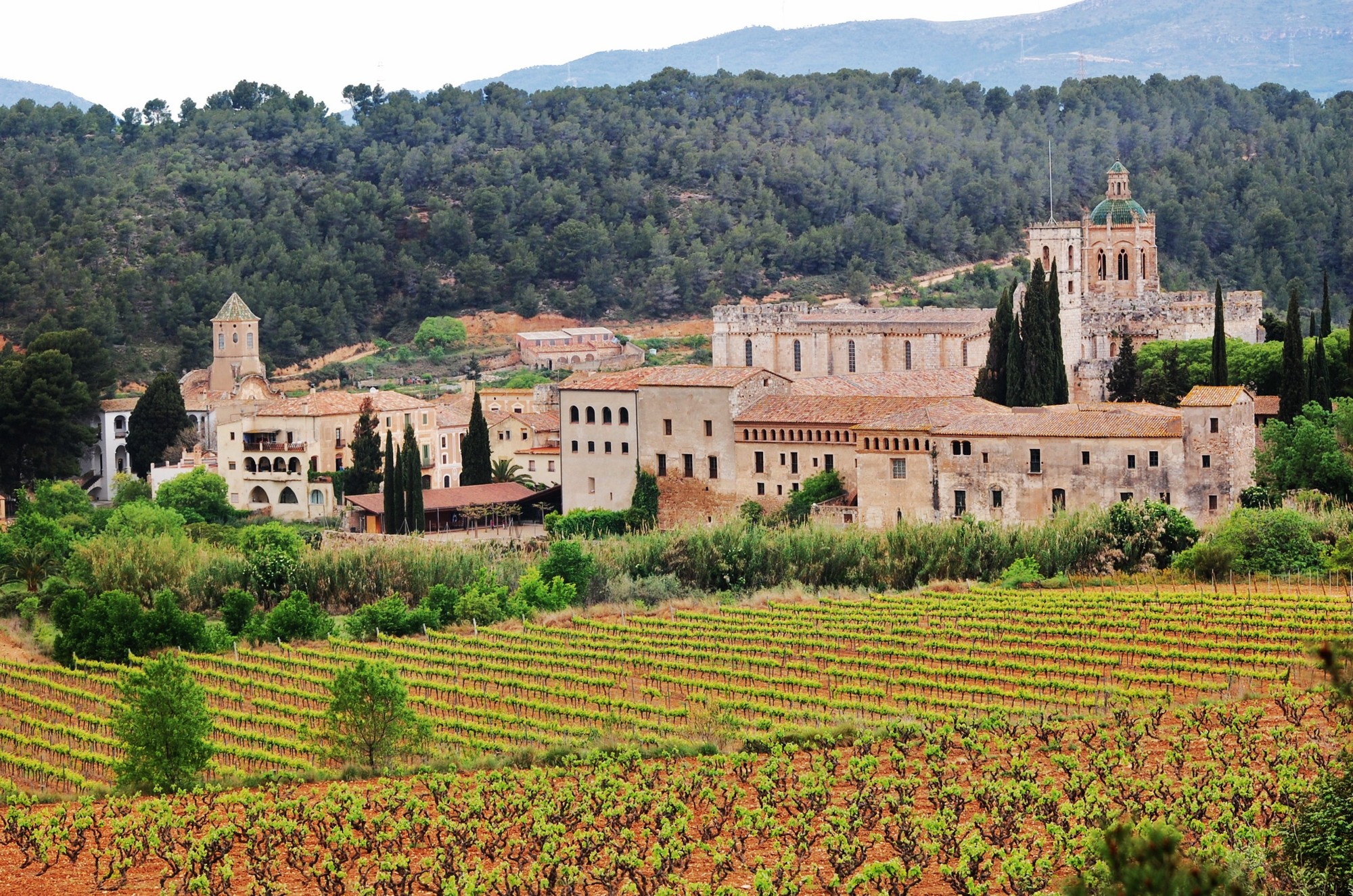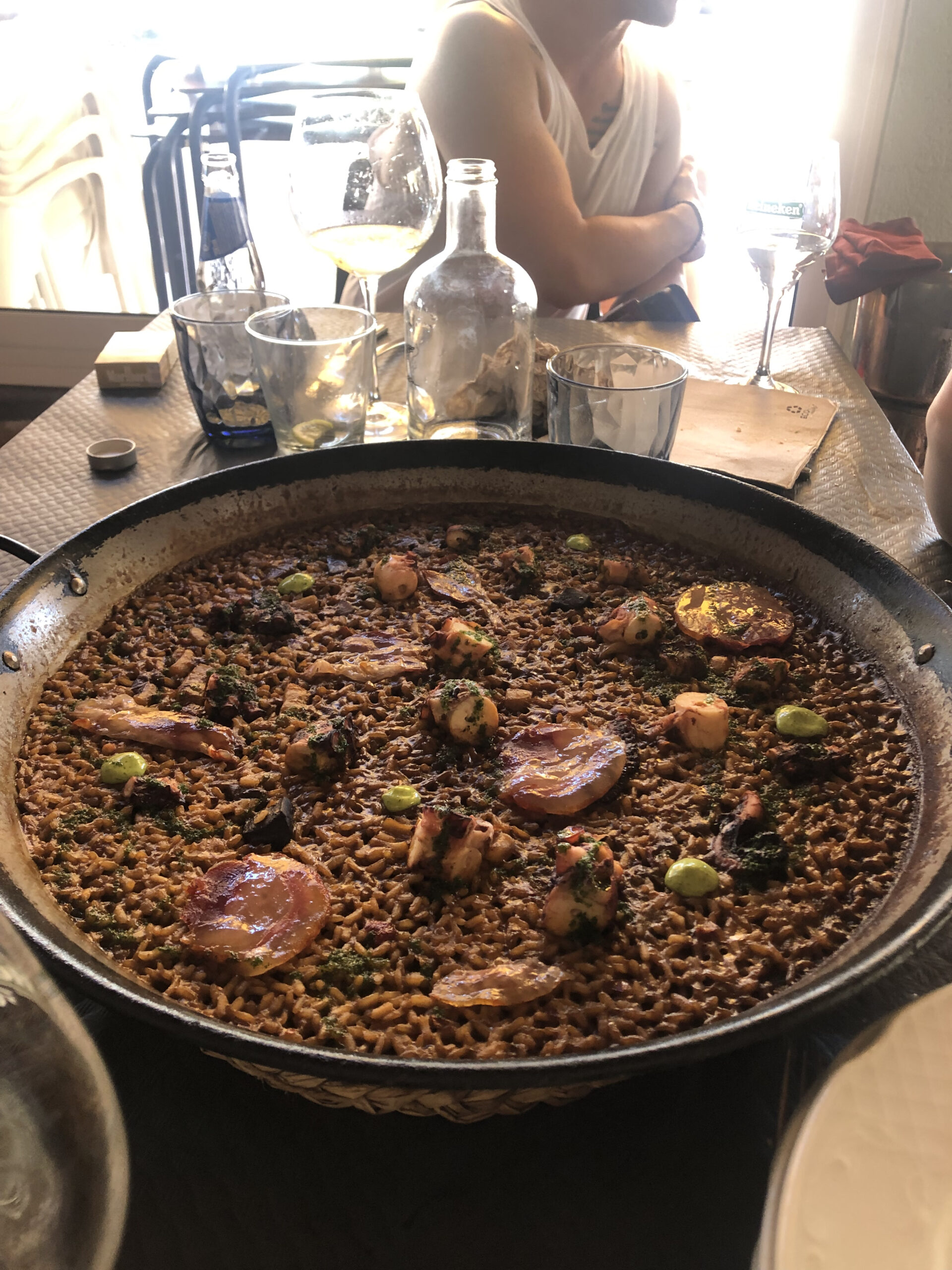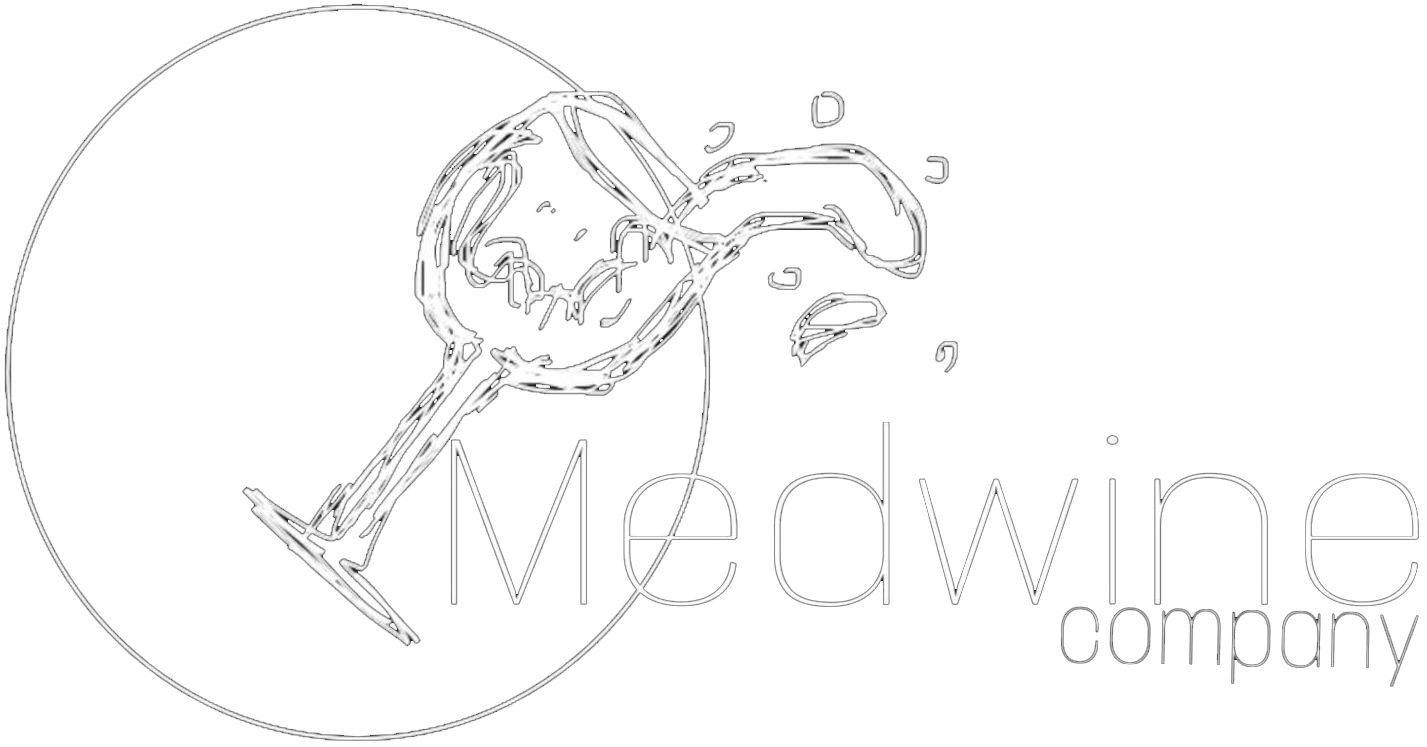MONTSANT AND TERRA ALTA: DUAL EXPRESSIONS OF CATALONIA’S TERROIR
MONTSANT AND TERRA ALTA: DUAL EXPRESSIONS OF CATALONIA’S TERROIR
History: Catalunya’s viticultural legacy traces its roots back to the ancient Romans, who first cultivated the region’s fertile land. Through the ages, from Roman cellars to medieval monasteries, wine has flowed through Catalunya’s veins, telling tales of conquests, traditions, and innovation.
Soil: The diverse landscapes of Catalunya, from coastal plains to mountainous terrains, offer a variety of soils. Calcareous clay, sand, and slate dominate, providing a mosaic of terroirs that impart distinctive characters to the wines. Each grape, nurtured in this unique soil composition, mirrors the richness of the land it grows on.
Nestled within the heart of Catalonia, Montsant and Terra Alta emerge as distinct wine regions, each offering a unique taste of Spain’s viticultural heritage. Montsant, with its rugged terrains and deep historical roots, produces wines that are bold, embodying the essence of the surrounding mountains and valleys. Renowned for reds with profound character, Montsant wines weave tales of the land and its people.
Terra Alta, translating to “High Land,” stands in contrast with its higher altitudes and Mediterranean breezes. Here, the emphasis on whites, particularly those crafted from the Garnacha Blanca variety, results in wines of vibrant freshness, reflecting the sun-kissed vineyards and coastal influences.
In essence, while both regions share Catalan lineage, Montsant wines speak of tradition and depth, whereas Terra Alta wines resonate with elevation and elegance. Together, they present a comprehensive portrait of Catalonia’s diverse wine tapestry.
Climate: Blessed with the warmth of the Mediterranean sun and cooled by the sea breezes, Catalunya boasts a perfect climate for viticulture. The consistent warmth ensures full grape maturation, while the evenings bring a gentle chill, retaining acidity and aromatic complexity in the wines.
People: The Catalonians, with their fervor for culture, art, and tradition, have been the guardians of the region’s winemaking heritage. Generations have passed down knowledge, ensuring that each bottle encapsulates the essence of Catalunya.
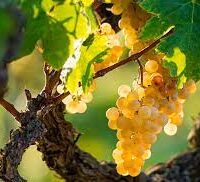
XAREL-LO
Widely used in the production of Cava, Xarel-lo grapes contribute acidity and structure to the renowned sparkling wines of Catalonia.
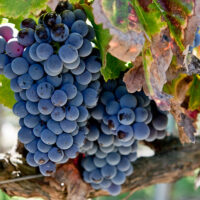
GARNACHA TINTA (GRENACHE)
A widely planted red grape, Garnacha Tinta offers red fruit flavors, spice, and soft tannins. It’s a key component of many Catalan red blends.
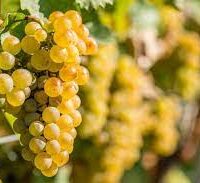
MACABEO (VIURA)
Often used in Cava and white blends, Macabeo adds floral and fruity notes to the wines. It’s one of the three primary grapes in Cava production.
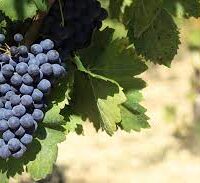
CARIÑENA (SAMSÓ)
Another crucial red grape, Cariñena brings structure, depth, and earthy characteristics to wines, often used in blends.
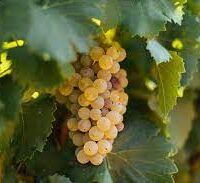
GARNACHA BLANCA
Thriving in the Mediterranean climate, Garnacha Blanca produces white wines with vibrant acidity, citrus aromas, and minerality.
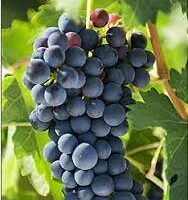
ULL DE LLEBRE (TEMPRANILLO)
While not exclusive to Catalonia, Ull de Llebre produces red wines with plum and red berry flavors, contributing to the region’s blends.
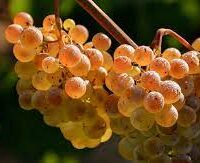
PANSA BLANCA (XAREL-LO VERMELL)
A mutation of Xarel-lo, Pansa Blanca is used to craft refreshing whites with floral aromas and crispness.
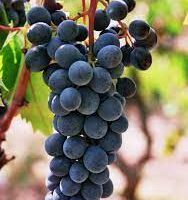
SUMOLL
An ancient variety, Sumoll produces light red wines with herbal and red fruit notes, reflecting the region’s traditional winemaking.
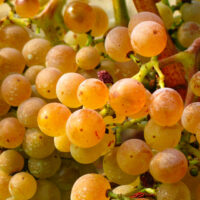
PICAPOLL BLANC
Known for its aromatic qualities, Picapoll Blanc contributes herbal and floral notes to the wines, often used for both still and sparkling wines.
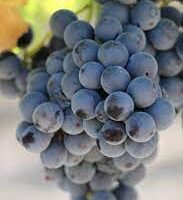
MANDÓ
A lesser-known variety, Mandó produces wines with vibrant acidity and red fruit flavors, often highlighting the uniqueness of Catalonia’s terroir.
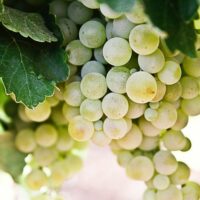
MALVASIA DE SITGES
Producing aromatic whites with hints of tropical fruit and floral scents, Malvasia de Sitges adds depth to blends and varietal wines.
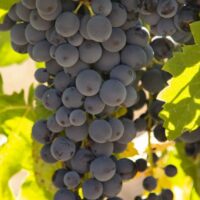
TREPAT
Primarily used in rosé production, Trepat contributes bright red fruit flavors and a delicate profile.
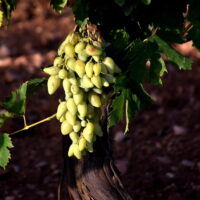
QUEIXAL DE LLOP
This rare variety adds complexity to wines, offering a balance of acidity, tannins, and dark fruit notes.
WINERIES
